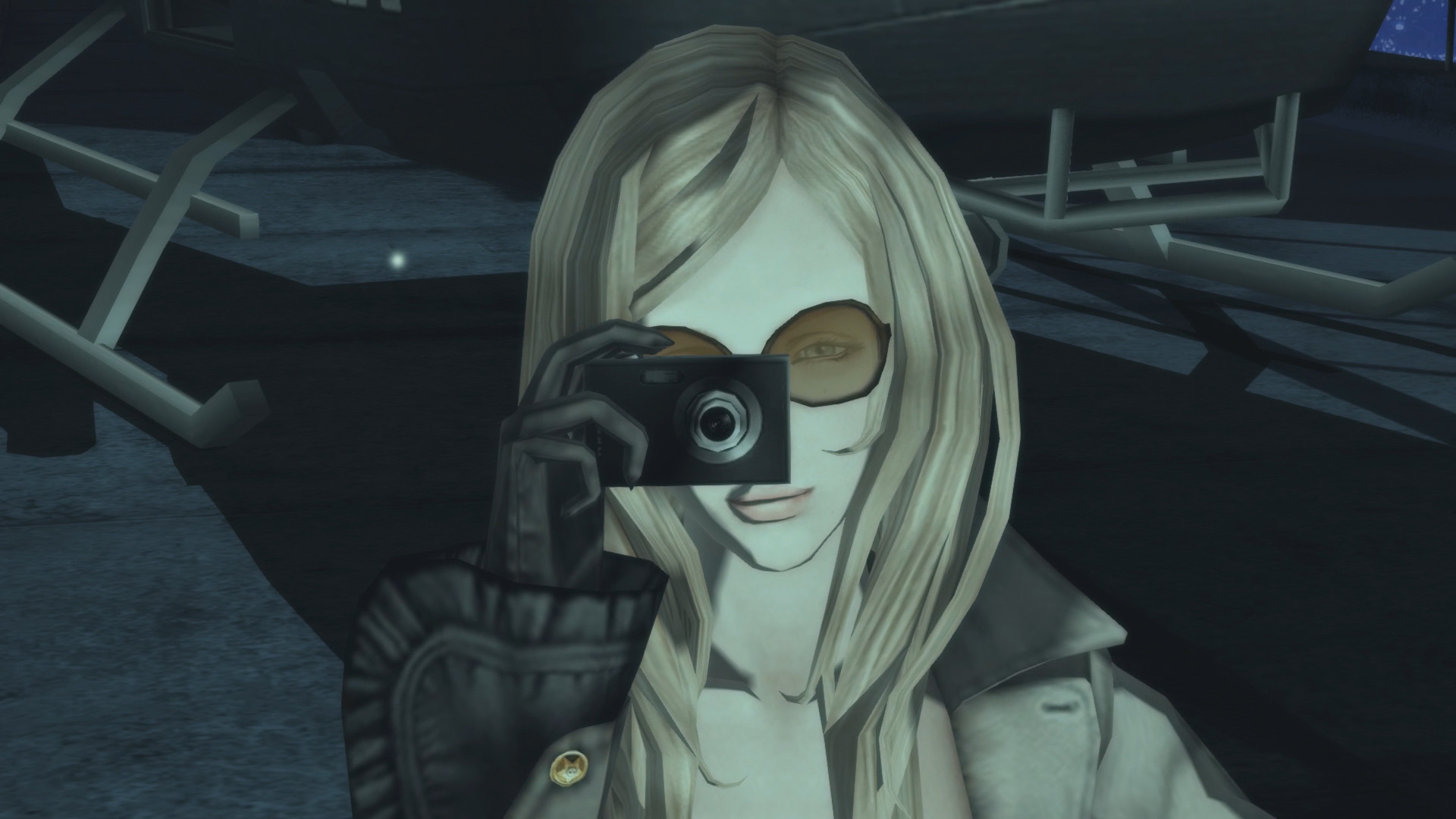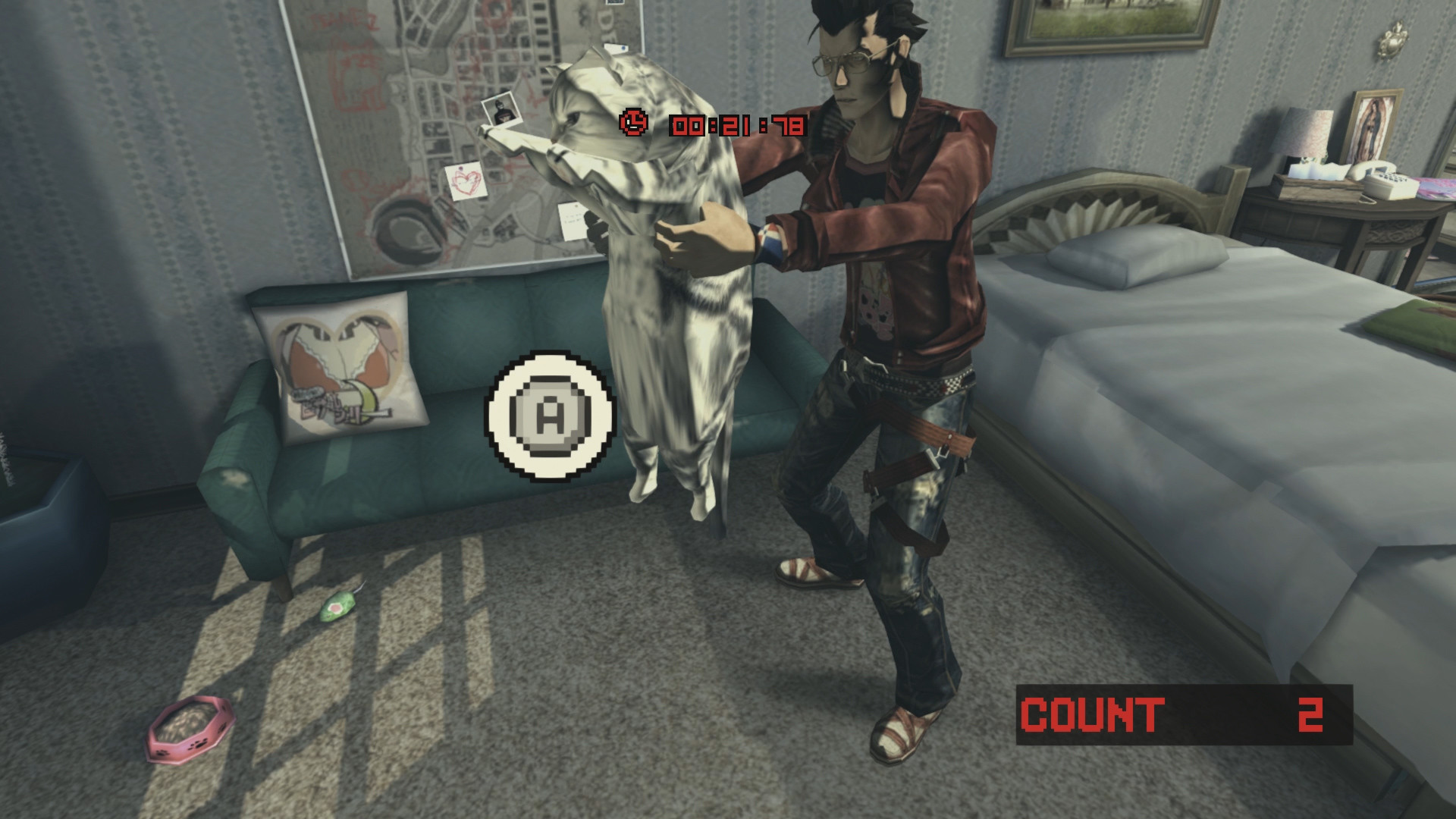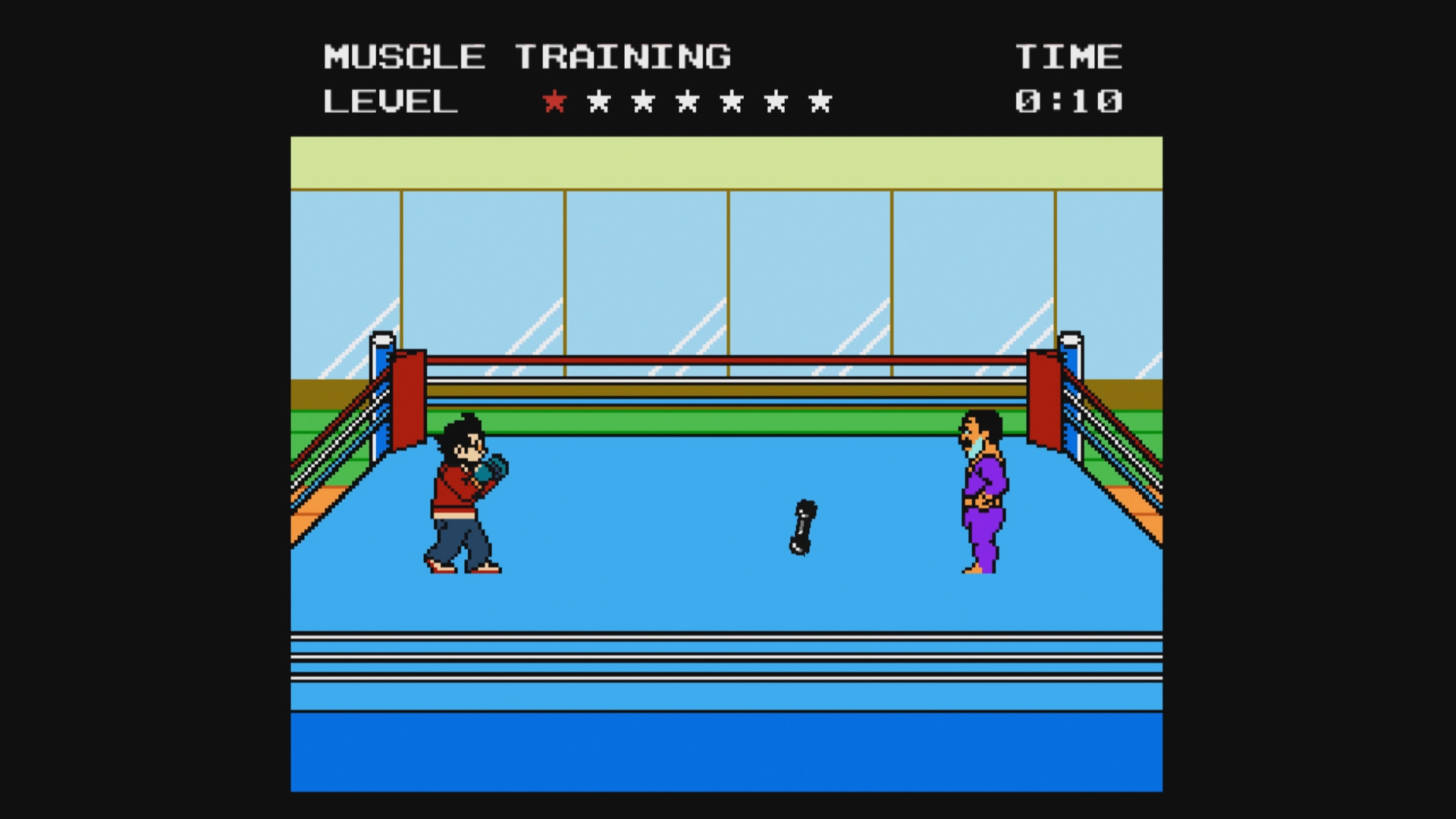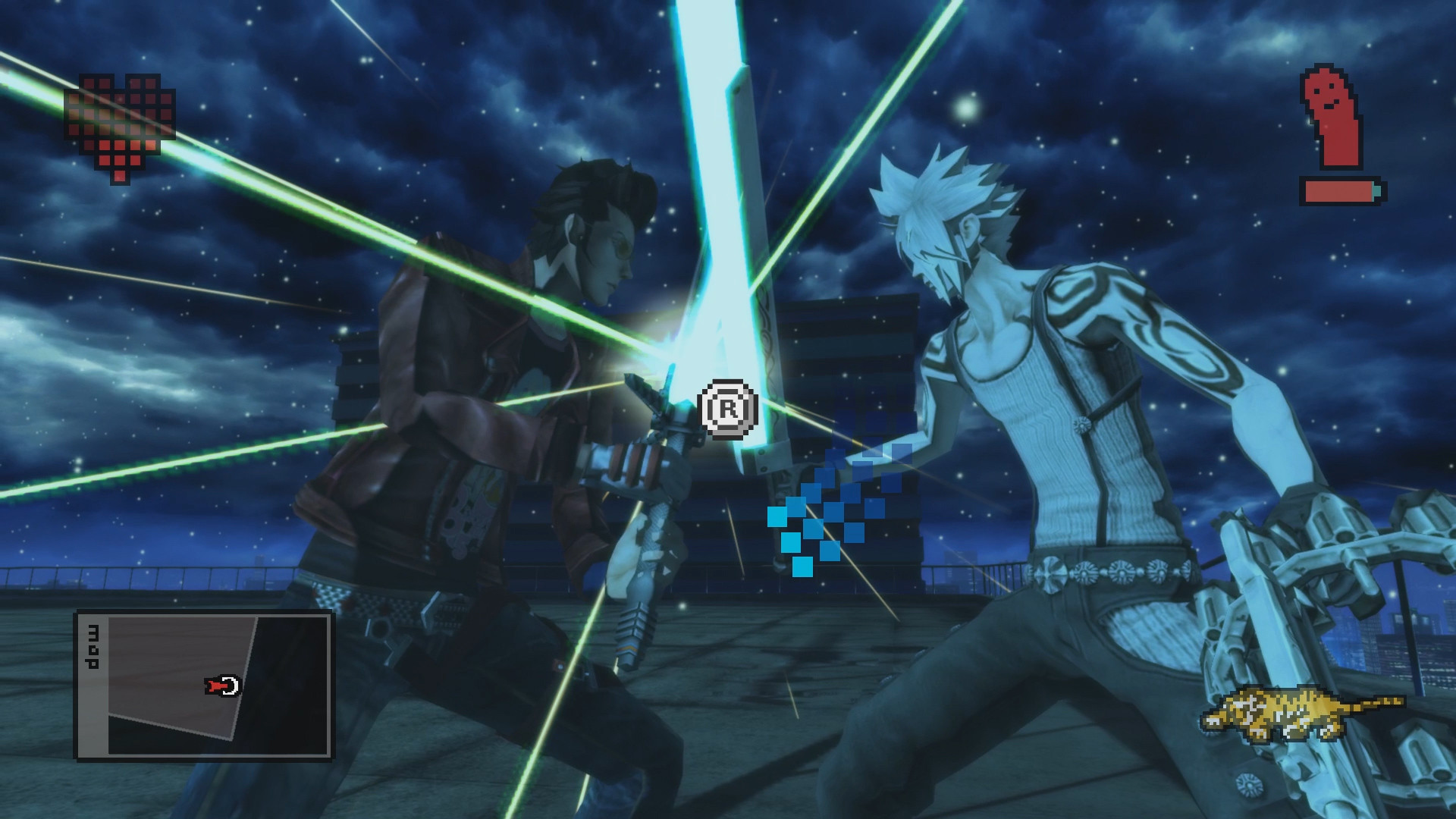Suda51’s 2007 punk demo tape of a game was all unsanded edges, wonky controls, and enthusiastic but half-baked mechanics.
All that was delivered was a healthy serving of passive aggression towards the player, forcing them to grind through intentionally tedious minigames to earn the right to fight a selection of ludicrous bosses.
This made it something of a surprise when No More Heroes was a monster hit on Wii. Three years later Desperate Struggle landed, with the franchise’s ‘difficult second album’ a smidge more conservative but way more polished.
This made it something of a surprise when No More Heroes was a monster hit on Wii. Three years later Desperate Struggle landed, with the franchise’s ‘difficult second album’ a smidge more conservative but way more polished.
Does it being ‘better’ sacrifice part of No More Heroes’ soul?
The debate has been raging since Desperate Struggle landed in 2010, with many fans still salty that the sequel dares to be… * gasp * f-fun?
Once again you slide into Travis Touchdown’s skinny torn jeans and try-hard red leather jacket, and as far as I know, he’s still the only hero on a Nintendo console to feature in a cutscene where he’s interrupted whilst wanking to hentai (though to be fair I’m yet to play any Fire Emblem game).
Travis is on another battle to climb to the top of the assassin’s rankings by slicing the competition into ribbons with his beam katana. And, as before, this all takes place on the sunkissed and surreal streets of Santa Destroy.
But, if the first game jammed its middle finger in your face and dared you to enjoy yourself, Desperate Struggle proves more eager to please. Gone is the barren open world of the first game, replaced with a much easier-to-navigate menu. The mundane minigames are replaced with 8-bit parodies, though even playing them is optional as you don’t need to earn money to advance to the next assassin anymore. Even the aggressive cel-shading has also been scaled back, which boosts detail and makes the game more generic-looking than its predecessor.
It’s difficult to argue that most of these changes aren’t objective improvements. If No More Heroes funnelled players through mandatory ‘go-slow’ boring zones, Desperate Struggle lets you cruise through the storyline at your leisure.
Travis is on another battle to climb to the top of the assassin’s rankings by slicing the competition into ribbons with his beam katana. And, as before, this all takes place on the sunkissed and surreal streets of Santa Destroy.
But, if the first game jammed its middle finger in your face and dared you to enjoy yourself, Desperate Struggle proves more eager to please. Gone is the barren open world of the first game, replaced with a much easier-to-navigate menu. The mundane minigames are replaced with 8-bit parodies, though even playing them is optional as you don’t need to earn money to advance to the next assassin anymore. Even the aggressive cel-shading has also been scaled back, which boosts detail and makes the game more generic-looking than its predecessor.
It’s difficult to argue that most of these changes aren’t objective improvements. If No More Heroes funnelled players through mandatory ‘go-slow’ boring zones, Desperate Struggle lets you cruise through the storyline at your leisure.
Has some of the personality evaporated?
This reaches its sick peak in a level set in a supermarket car park, which goes on so long it skates past being boring and back into funny that the game is so wilfully wasting my time. (I was wondering if I was supposed to die to progress)
Any dull moments are worth it for the bosses, all of which I enjoyed (with the exception of the infuriating window-punching bastard Jasper Batt Jr.) These run the gamut from the very possibly already dead cosmonaut Captain Vladimir, gothic lolita sniper/singer Margaret Moonlight, and Metal Gear Solid: Rising refugee Alice Twilight. At their best, they exemplify puzzle and timing-based boss design, at first appearing unfairly brutal but revealing their weak spots a mile wide as you figure out when they’re vulnerable, how to evade their attacks, and what range you need to engage from.Beyond that, there’s the fun twist of playing as characters other than Travis, each with different mechanics and combat specialities, very entertaining cutscenes with little regard for the fourth wall, a gaggle of fun original 8-bit arcade games, and slicker combat with a generally deeper level of skill.
XSEED’s Switch port is about as good as it gets, with the JoyCons more than up to the task of emulating the original WiiMote controls (and classic controls also working fine), the frame rate holding up better than their No More Heroes port, and all that deliciously OTT blood spray fully intact.
But it’s undeniable that the fire in No More Heroes’ heart has palpably dimmed. This makes Desperate Struggle perhaps the only sequel you can reasonably criticize for being an improvement on the original.
But it’s undeniable that the fire in No More Heroes’ heart has palpably dimmed. This makes Desperate Struggle perhaps the only sequel you can reasonably criticize for being an improvement on the original.







No comments:
Post a Comment
Like what you see in the Games Freezer?
Why not tell us what you think with a few well-chosen comments? :)